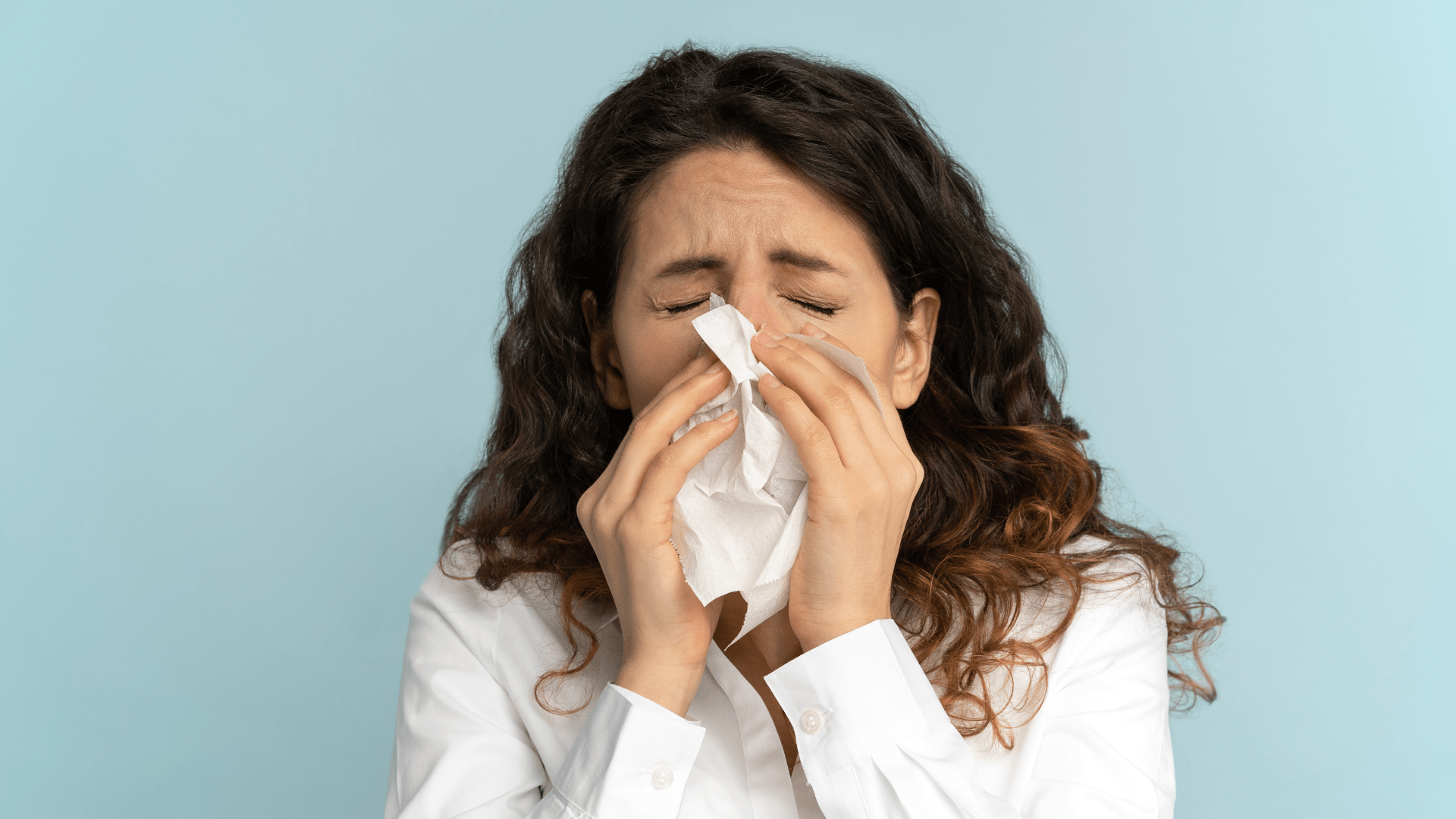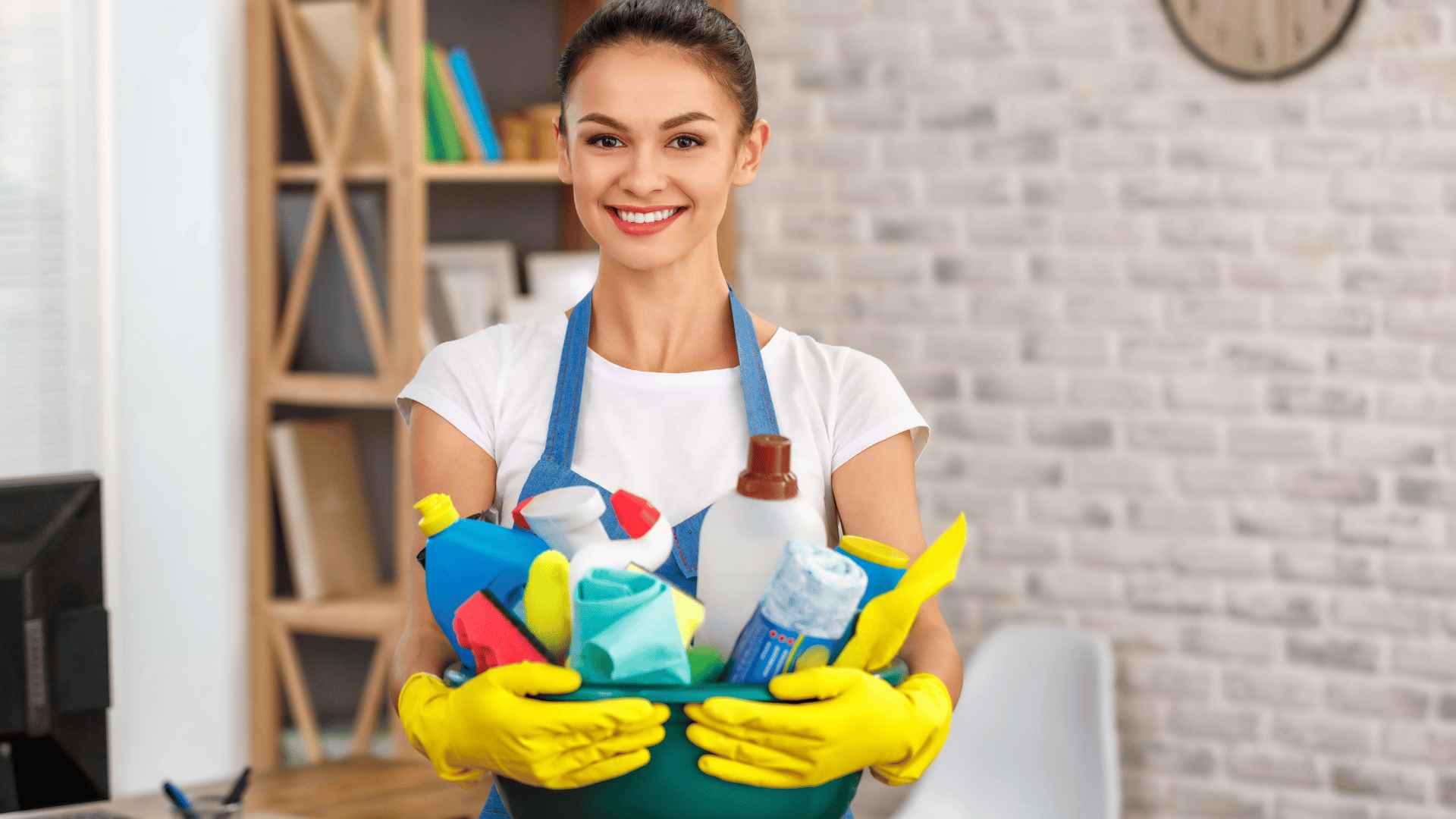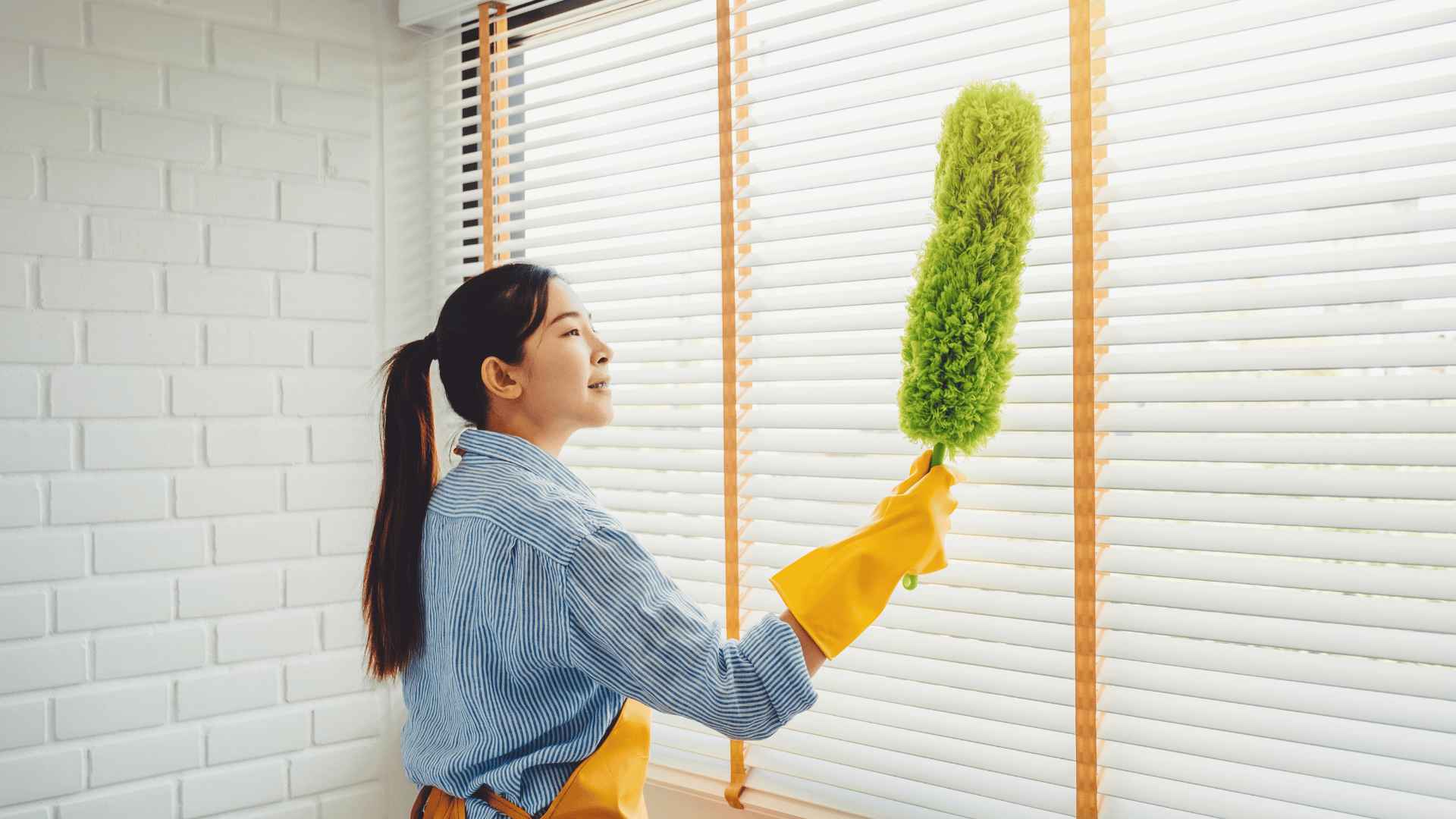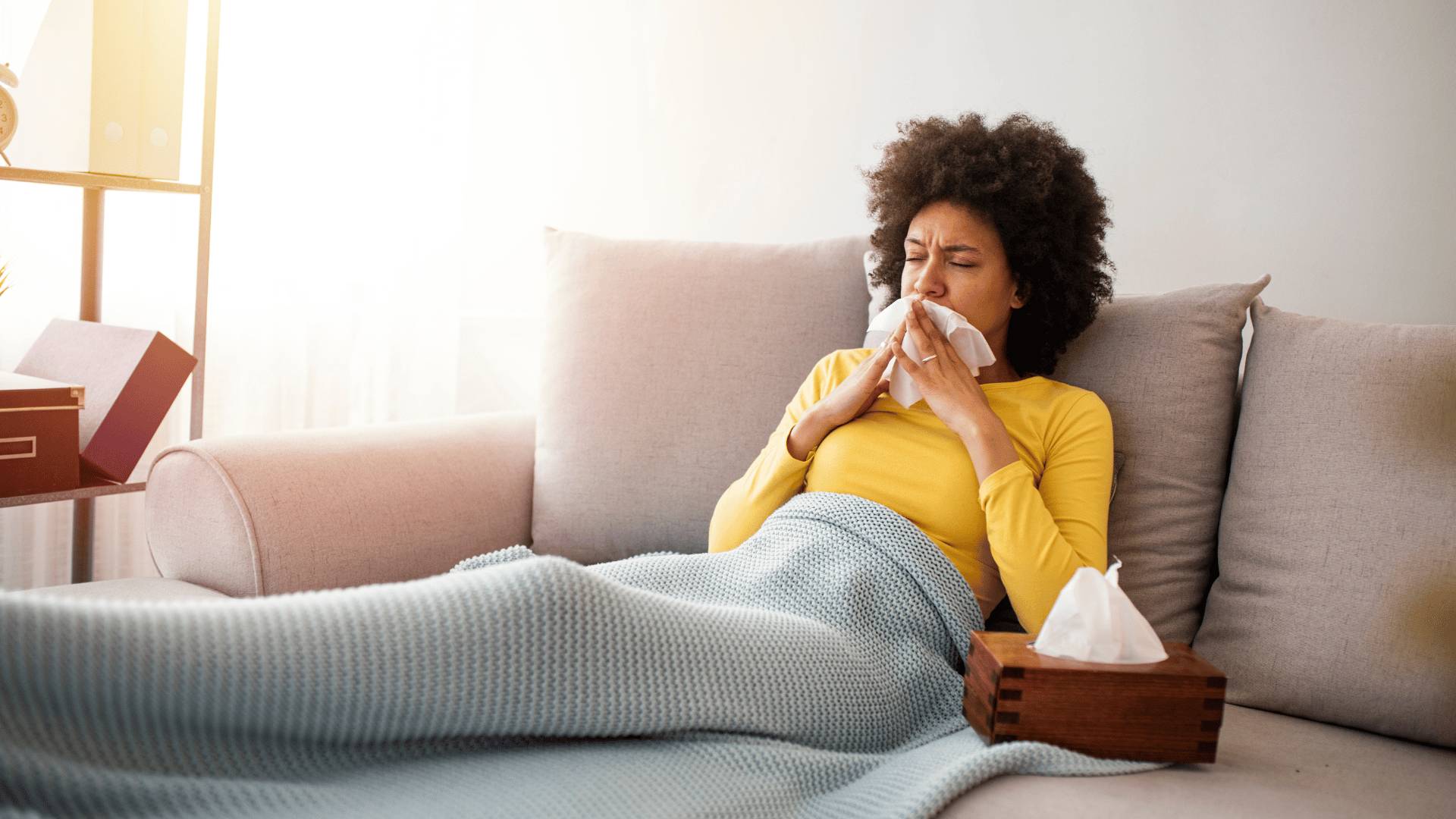It is a constant battle living with seasonal or year-round allergies. Daily tasks can be challenging to manage with all the persistent sneezing, itchy eyes, and congestion. What is worse, when allergens build up in homes, they continue to aggravate these allergy symptoms.
Nonetheless, finding relief is possible through appropriate cleaning practices. There are reliable cleaning tips for people living with allergies that will help reduce indoor allergens. On that note, this article delves into the world of allergy sufferers, discussing better ways to reduce allergens at home, thus reducing the frequency of allergy triggers.
Life-changing cleaning tips for allergy sufferers
It would be best to reflect on the common cleaning practices that may trigger allergies. You can enjoy a safer, allergen-free environment in your home by avoiding specific tools, cleaning products, materials, or methods.
Replace house materials that trap allergens. Opt for allergy-proof mattresses and pillow covers to keep dust mites at bay. Likewise, carpets tend to retain dust and hide allergens, so replace them with hardwood or tile floors.
It would also be best to reduce dust collecting clutter. Get washable blinds or curtains instead of heavy drapes that attract dust.
Pet allergy management
Another struggle of allergy sufferers is wanting a pet but animal dander worsens allergy symptoms. In this case, it would benefit you a lot if you groom and bathe your pets on a regular basis. But just grooming and bathing is not enough.
The good news though is a wide array of innovative cleaning products help in pet dander management. Besides the vacuum cleaner, even room air conditioners now have efficient small particle filters.
You may use these air filters to reduce pet dander mixed with other allergens. For example, you can check out high-efficiency air purifiers with a HEPA filter.
Pollen control
Pollen allergies can be particularly aggravating during specific seasons. Nevertheless, allergies should not discourage people with allergies from appreciating the beauty of flowers or a garden in their house.
While it is true that certain people may have allergic reactions to particular pollens or plant allergens, there are effective preventive measures and cleaning techniques that can help.
For instance, you can rely on cooling systems with clean filters to manage indoor temperature. Also, remove and wash outside clothing to prevent pollen from spreading indoors.
Establishing a garden setting that minimizes allergy triggers is attainable by selecting low-allergen flowers, utilizing proper planting techniques, and applying frequent cleaning practices.
Not just that but, wearing protective clothes and washing up after gardening can also aid in removing allergens from the body. With these safeguards in place, allergy sufferers can enjoy the joys of gardening and the marvels of nature without jeopardizing their respiratory health.
Targeting mold growth, mold spores, and mildew
For people with allergies, mold and mildew can be a nightmare since they emit spores that set off allergic reactions. Check and clean mold-prone areas frequently, such as bathrooms, kitchens, and basements. Any water leaks should be fixed immediately, and ventilation should be adequate.
Fret not, though, because you can make a potent solution at home. Simply combine hot water, lemon juice, and baking soda to create a paste or solution, then apply it to the problematic areas and gently scrub. These ingredients can aid in eliminating mold spores and preventing mold growth.
The citric acid has natural antibacterial capabilities, and baking soda has moderate abrasive and odor-neutralizing characteristics.
These components work well together to provide a cleaning solution for mold-prone horizontal surface like kitchen counters. You can also use this solution to clean the shower curtain and bathroom tiles, which are often wet.
More mold-fighting tips
Not to mention, having a vented exhaust fan can make a big difference at home. Not only does it improve airflow, but it also helps you manage bathroom moisture so you can avoid mold growth. Similarly, to maintain ideal humidity levels and stop the growth of mold, you can use a dehumidifier or HEPA filter.
Make sure that you also discard moldy sponges or materials in your house. Discard them properly in plastic bins. What is more, if you have cleaning tools with ultraviolet light, they will become your new best friend in eliminating mold.
Cleaning tools and practices to avoid for allergy sufferers
Avoidance is vital for coping with allergies while cleaning. Steer clear from synthetic fragrances, heavily scented cleaners, and feather dusters. Among the many allergy triggers like pet hair and natural molds, these are the common cleaning materials that make allergies worse.
In detail, while feather dusters appear useful for dusting, they frequently distribute allergens into the air, causing more irritation. Instead, use washable microfiber cleaning cloths or electrostatic dusting cloths to collect dust without distributing it.
When using damp cloths or microfiber cloth to clean window sills or bathroom walls, choose fragrance-free or naturally scented cleaning products to lessen the likelihood of allergic reaction. Numerous air fresheners, glass cleaners, and laundry detergents have synthetic fragrances, which can cause allergic reactions.
The infused artificial scents in these cleaning products frequently include volatile organic compounds (VOCs), which can aggravate respiratory issues. Not to mention, when you deep clean your house with strong liquid cleaning products like chlorine bleach, it is best to use rubber gloves, especially when you have sensitive skin, to avoid skin irritation.
Getting rid of dust mites
Remove dust from furniture and vacuum frequently and thoroughly to prevent the spread of allergies. When dusting, use a microfiber cloth damp cloth to trap dust particles rather than letting the allergens drift into the air. Pay particular attention to details like baseboards and window sills, and remember to dust ceiling fans that are sometimes disregarded.
Meanwhile, use a vacuum with a HEPA filter to capture even the smallest allergy particles. Frequently hoover rugs, carpets, and upholstered furniture are used to get rid of dust, pet dander, and pollen. You might want to consider using a bagless vacuum cleaner.
This type of vacuum is often considered a superior choice for those who suffer from allergies. It does not require disposable bags because they use a dust bin or canister to collect dirt and allergens.
As a result, there is less chance that allergens such as dust mites, pollen, pet dander, and mold spores will be discharged back into the air during disposal or while changing bags. A bagless hoover reduces the possibility of airborne allergens by keeping the waste it has gathered sealed inside the canister until emptying.
The Wrap Up
In a nutshell, you can decrease your exposure to triggers and find relief from symptoms by taking a proactive approach to cleaning and allergen avoidance. Cleaning can be an effective allergy-fighting weapon when done right.
So, roll up your sleeves, wear protective gear, and let these cleaning tips help you have a breathable and comfy home. Embrace the clean, embrace the comfort, and reclaim your space for a fresh start every day.
However, Remember that these cleaning tips are only one holistic allergy relief strategy component. Consult a healthcare practitioner to learn about other choices, such as medication or allergen immunotherapy.
By combining these strategies, you can construct a comprehensive plan that optimizes your surroundings while minimizing allergy exposure. Accept the change that comes with a cleaner, healthier home. Enjoy the enhanced air quality, fewer sniffles, and relief from constant sneezing.
For more information on Vista Residences, email [email protected], follow @VistaResidencesOfficial on Facebook, Twitter, Instagram, and YouTube, or call the Marketing Office at 0999 886 4262 / 0917 582 5167.







